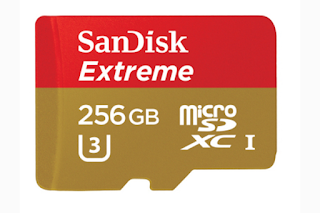The number of mobile subscribers in the Asia Pacific region reached 2.5 billion at the end of last year and will grow to 3.1 billion by 2020, according to a new GSMA study published at GSMA Mobile World Congress Shanghai.
Some highlights of the report:
“More than half the world’s mobile subscribers are based in Asia Pacific and the region will be the main engine of global subscriber growth for the remainder of the decade,” said Mats Granryd, GSMA Director General. “Rising subscriber penetration, alongside accelerating migration to faster networks and more advanced services, continues to fuel innovation and digitisation across both advanced and emerging markets in this highly diverse region. Mobile is helping Asia build digital societies that allow its citizens to access services, anytime and anywhere – and these mobile-powered digital societies are becoming major drivers of social and economic development.”
http://www.gsma.com/mobileeconomy/asiapacific/
Some highlights of the report:
- 62 per cent of the Asia Pacific population was subscribed to a mobile service in 2015 and this is forecast to rise to almost three-quarters of the population by 2020 as a further 600 million new subscribers are added over the period
- Mobile technologies and services made up 5.4 per cent of Asia Pacific’s GDP last year, equivalent to $1.3 trillion in economic value; this economic contribution is set to increase to $1.7 trillion by 2020.
- Asia Pacific will account for 60 per cent of the one billion unique mobile subscribers that will be added to the global total by 2020, with the region continuing to add subscribers at a faster rate than the global average.
- The four largest markets in the region – China, India, Indonesia and Japan – together accounted for more than three-quarters of the region’s total subscriber base.
- India alone is expected to add nearly 250 million new subscribers by 2020 but smaller countries in the region such as Bangladesh, Indonesia, Myanmar and Pakistan will also make major contributions to subscriber growth.
- Mobile broadband (3G/4G) accounted for 45 per cent of total mobile connections in Asia Pacific last year, forecast to rise to 70 per cent by 2020 as operators continue to invest in 4G network build-outs and subscribers migrate to higher-speed networks.
- 4G is on track to account for more than a third of total connections in Asia Pacific by 2020.
- At the end of 2015, the region had 76 live 4G-LTE networks and 20 live VoLTE networks.
- The number of smartphone connections in Asia Pacific totaled 1.7 billion at the end of 2015, accounting for 45 per cent of regional connections.
- China, India and Indonesia have been the main drivers of smartphone growth, helping the region double its overall smartphone base over the last two years. The region will add a further 1.3 billion smartphone connections by 2020, reaching 3 billion, or two-thirds of the region’s total connections base by that point.
- The mobile ecosystem in Asia also supported 15 million jobs in 2015.
- There were 1.8 billion citizens across Asia Pacific accessing the internet over mobile devices at the end of last year, equivalent to 45 per cent of the region’s population.
- A further 800 million people in Asia will connect to the mobile internet by 2020 (63 per cent of expected population).
“More than half the world’s mobile subscribers are based in Asia Pacific and the region will be the main engine of global subscriber growth for the remainder of the decade,” said Mats Granryd, GSMA Director General. “Rising subscriber penetration, alongside accelerating migration to faster networks and more advanced services, continues to fuel innovation and digitisation across both advanced and emerging markets in this highly diverse region. Mobile is helping Asia build digital societies that allow its citizens to access services, anytime and anywhere – and these mobile-powered digital societies are becoming major drivers of social and economic development.”
http://www.gsma.com/mobileeconomy/asiapacific/




















